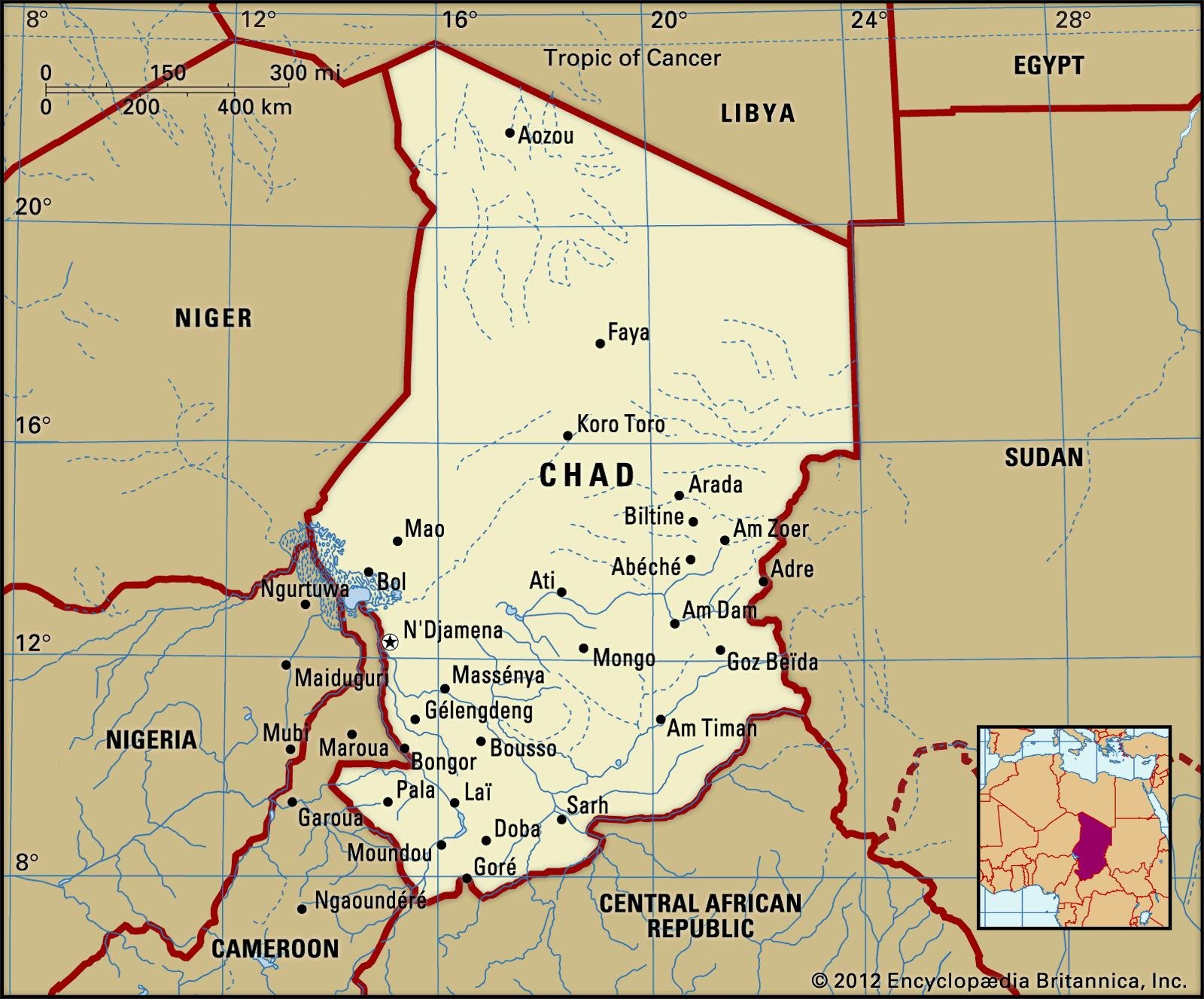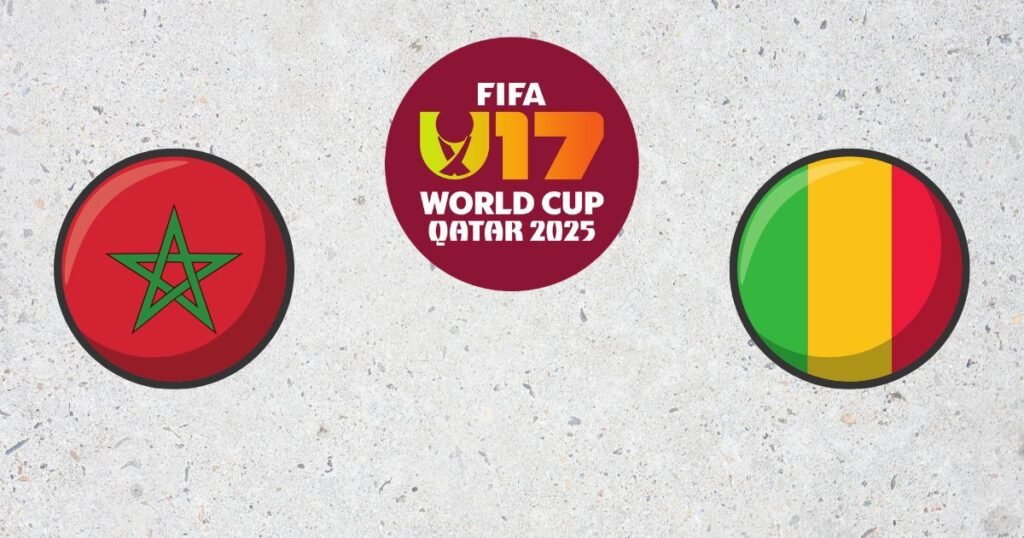Now Reading: Chad
- 01
Chad

Chad
Nestled in the heart of Africa, Chad is a landlocked country with a rich history and diverse culture. From its stunning landscapes to its vibrant communities, Chad offers a unique and intriguing glimpse into the continent’s past and present. In this article, we will explore the many facets of Chad, shedding light on its geography, people, and traditions. Join us as we delve into the fascinating world of this often overlooked nation.
Geography and Climate of Chad
Chad is a landlocked country located in Central Africa, bordered by Libya to the north, Sudan to the east, the Central African Republic to the south, Cameroon and Nigeria to the southwest, and Niger to the west. The country is known for its diverse geography, which includes the Sahara Desert in the north, the Sahel region in the center, and fertile savannas in the south.
The climate of Chad varies from region to region. The northern part of the country experiences a hot desert climate with very little rainfall, while the central and southern regions have a tropical climate with a rainy season from May to September. The country is also prone to periodic droughts and desertification, which have a significant impact on agriculture and food security.

Economic Challenges and Opportunities in Chad
Chad, a landlocked country in Central Africa, faces a multitude of economic challenges and opportunities. One of the major challenges is the heavy reliance on oil exports, which leaves the economy vulnerable to fluctuations in global oil prices. This dependency has led to difficulties in diversifying the economy and creating sustainable growth. However, Chad also possesses vast agricultural potential, with fertile land and abundant water resources, presenting an opportunity for agricultural development and food security.
Furthermore, infrastructure development is crucial for economic growth in Chad. Investment in transportation, energy, and telecommunications infrastructure is essential for improving connectivity within the country and with neighboring regions. Additionally, promoting entrepreneurship and small business development can help stimulate job creation and reduce poverty. By addressing these economic challenges and leveraging its opportunities, Chad has the potential to achieve long-term sustainable development and improve the well-being of its population.
Political Situation in Chad
The is currently marked by instability and uncertainty. Following the death of President Idriss Deby in April 2021, a transitional military council led by his son, General Mahamat Idriss Deby, took power. This move has been met with mixed reactions both domestically and internationally, with concerns raised about the military’s hold on power and the potential for further violence in the country.
The transitional government has promised to hold elections within 18 months, but there are doubts about the fairness and transparency of the process. The opposition has called for a more inclusive transition that includes a broader range of political actors and civil society members. In the meantime, the situation in Chad remains volatile, with ongoing clashes between government forces and rebel groups in the northern part of the country adding to the already complex political landscape.
Humanitarian Crisis and Recommendations for Relief Efforts
Chad is currently facing a severe humanitarian crisis, with millions of people in need of urgent assistance. The country is experiencing high levels of food insecurity, displacement, and lack of access to basic services such as healthcare and education. The ongoing conflict in the region has further exacerbated the situation, leading to widespread suffering among the population.
In order to address the humanitarian crisis in Chad, it is crucial to prioritize the following recommendations for relief efforts:
- Provide emergency food aid to those affected by food insecurity.
- Ensure access to healthcare services for the population, particularly in conflict-affected areas.
- Support education initiatives for children and youth affected by displacement.
Cultural Diversity and Traditions in Chad
Chad is a country in Central Africa known for its rich cultural diversity and unique traditions. The population of Chad is made up of over 200 different ethnic groups, each with their own set of customs and beliefs. This diversity is reflected in the various languages spoken throughout the country, with Arabic and French being the official languages.
One of the most prominent traditions in Chad is the Gerewol festival, which is celebrated by the Wodaabe people. During this festival, young men compete in beauty contests to win the hearts of women. The men dress up in elaborate costumes and perform traditional dances to showcase their charms. This festival highlights the importance of beauty and courtship in Wodaabe culture, and is a vibrant display of Chad’s cultural heritage.
Final Thoughts
In conclusion, Chad is a landlocked country in central Africa with a rich cultural heritage and diverse landscapes. From the vast Sahara Desert in the north to the lush forests and savannas in the south, Chad offers a unique experience for travelers seeking adventure and exploration. Despite facing challenges such as political instability and economic hardship, Chad continues to push forward and strive for a better future. With its people known for their resilience and hospitality, Chad remains a destination worth exploring for those looking to immerse themselves in the beauty and complexity of African culture.











